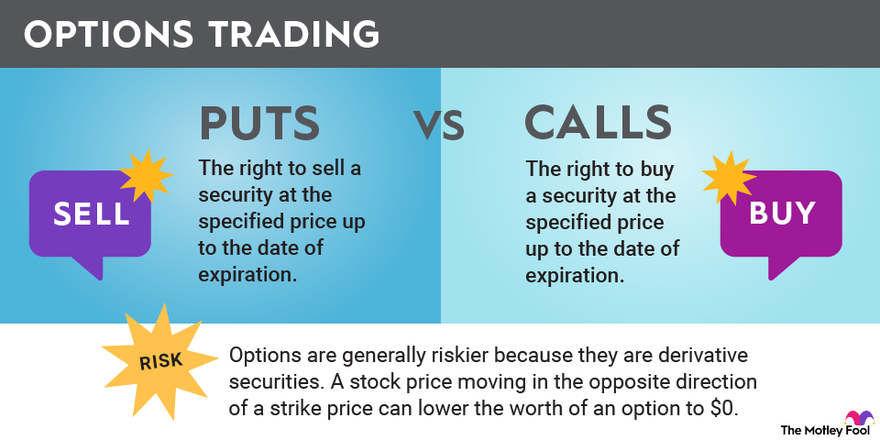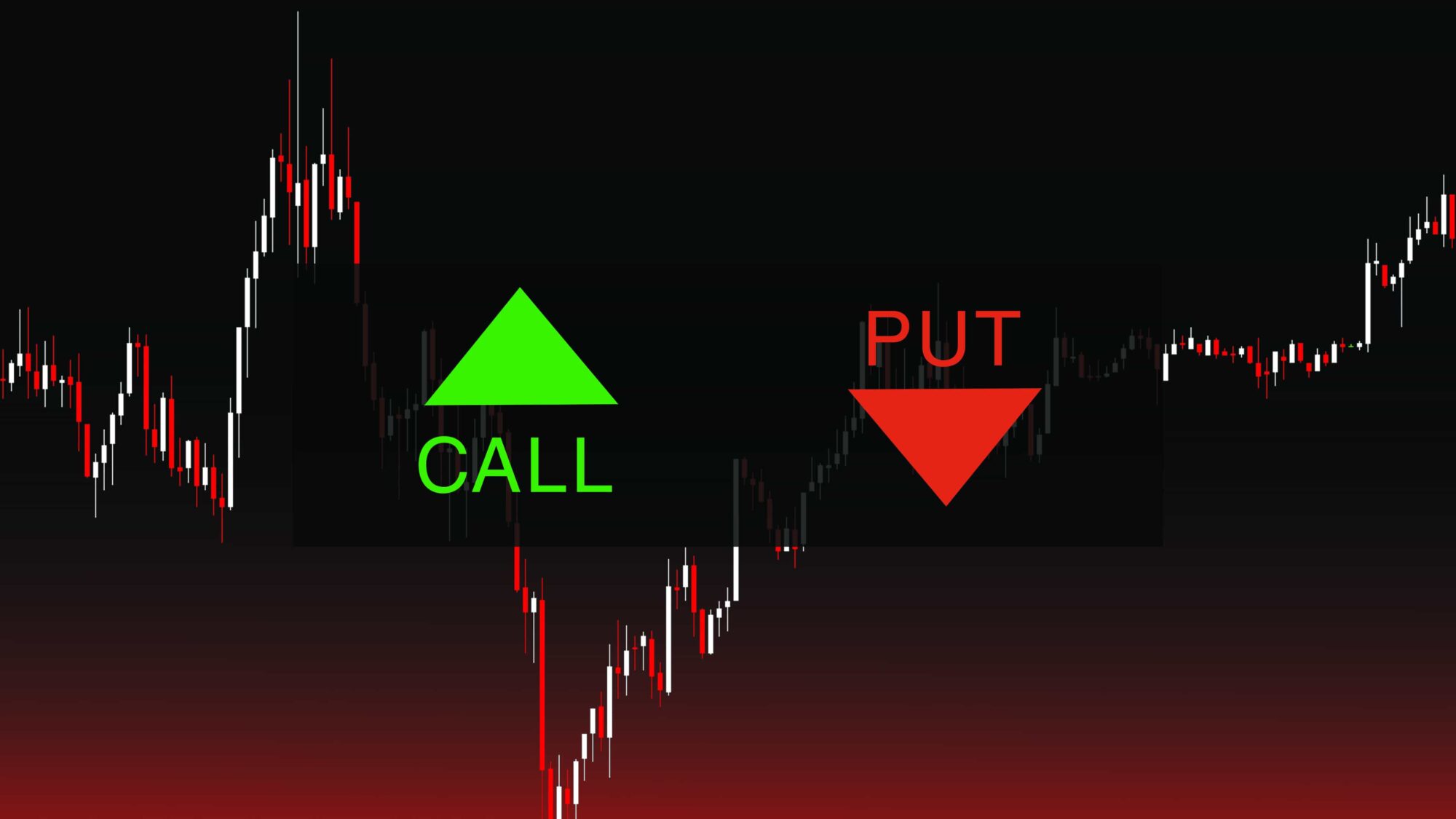Have you ever felt the pull of the financial markets, the allure of potential gains dancing just beyond reach? Maybe you’ve caught a glimpse of the world of options trading and wondered if it’s truly a path to wealth or a perilous gamble. The truth, as with most things in life, lies somewhere in between. Trading options can be a powerful tool for enhancing your portfolio and generating income, but it comes with inherent risks that require understanding and discipline. This article will delve deep into the realm of options trading, dissecting its complexities, unveiling its potential, and empowering you with the knowledge to make an informed decision.

Image: www.fool.com
The allure of options trading stems from its ability to amplify potential gains, offering a high-risk, high-reward proposition. However, the flip side of this coin is that losses can also be magnified, making it essential to approach options trading with caution and a solid grasp of the fundamentals.
Unveiling the World of Options
Options contracts are financial instruments that grant the holder the right – but not the obligation – to buy or sell an underlying asset, such as a stock, at a specific price (strike price) by a certain date (expiration date). Think of it as a ticket that allows you to enter a certain game, but you don’t have to play if you don’t want to. This flexibility provides options traders with a unique set of tools to navigate market volatility.
Types of Options Contracts
The world of options is divided into two main categories:
- Calls: Give the holder the right to buy the underlying asset at the strike price. Call buyers hope the asset price will rise above the strike price by the expiration date, allowing them to profit by exercising the option or selling it for a premium.
- Puts: Give the holder the right to sell the underlying asset at the strike price. Put buyers hope the asset price will decline below the strike price, enabling them to profit by exercising the option or selling it for a premium.
Strategies and Approaches
The beauty of options lies in their versatility:
- Covered Calls: Selling call options on an asset you already own (covered stock). This generates income but limits potential upside gains on your stock position.
- Cash-Secured Puts: Selling put options on an asset you don’t own but are willing to buy if the option is exercised. This generates premium income while potentially creating a long position in the underlying asset at a discounted price.
- Straddles: Buying both a call and a put option on the same asset with the same strike price. This strategy bet on volatility, aiming to profit from significant price movements in either direction.

Image: www.asktraders.com
Weighing the Pros and Cons
While options trading may seem enticing, it’s crucial to weigh the potential advantages against the inherent risks:
Pros:
- Potential for High Returns: The leverage inherent in options contracts can magnify potential gains.
- Flexibility and Control: Options offer traders flexibility in timing, as they don’t require immediate action.
- Risk Management: Options can be used to hedge existing positions or reduce risk in a portfolio.
Cons:
- Risk of Significant Losses: The same leverage that amplifies potential gains can also magnify losses.
- Time Decay: Options expire, and their value can diminish as time passes (known as time decay).
- Complexity and Learning Curve: Understanding options requires diligent study and practice to master the nuances.
Key Factors to Consider
1. Understanding Risk Tolerance: Are you comfortable with the potential for substantial losses? Options trading is not suitable for risk-averse investors.
2. Financial Resources: Trading options requires sufficient capital to handle potential losses. Consider the amount you’re willing to risk and allocate your funds wisely.
3. Knowledge and Expertise: Mastering options strategies requires time, effort, and a willingness to learn. Start with foundational knowledge and gradually build your expertise.
4. Market Conditions: Options are most advantageous in volatile markets. Understand the cyclical nature of the market and adjust your strategies accordingly.
5. Expertise and Guidance: You don’t have to navigate this alone. Seeking guidance from an experienced financial advisor or options trading expert can provide invaluable support.
Expert Insights
“Options trading is not for everyone,” cautions John Smith, a seasoned financial advisor. “It’s not a get-rich-quick scheme. Success requires patience, discipline, and a deep understanding of the markets. Be prepared to lose money, and never risk more than you can afford.”
Actionable Steps
1. Education: Begin by delving into the fundamentals of options trading through credible resources, online courses, or books.
2. Practice: Consider using a paper trading account to test strategies and gain practical experience without risking real money.
3. Start Small: Begin with small positions and gradually increase your trading capital as you gain confidence and expertise.
4. Diversify: Don’t put all your eggs in one basket. Diversify your options trades across different assets and strategies.
5. Seek Guidance: If you’re unsure about your understanding or feel overwhelmed, consult with a financial advisor or experienced options trader.
Is Trading Options Worth It
Conclusion
The world of options trading can be both exciting and challenging. It offers the potential for significant gains but also comes with significant risks. Ultimately, the question of whether trading options is “worth it” for you depends on your individual financial goals, risk tolerance, and willingness to invest time and effort in education. If you’re prepared to learn, manage your risks, and approach the market with discipline, options can be a valuable addition to your investment toolkit.






